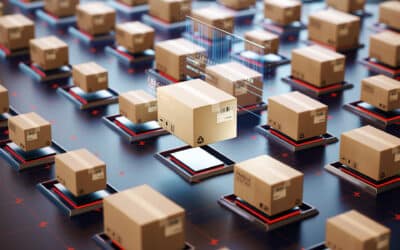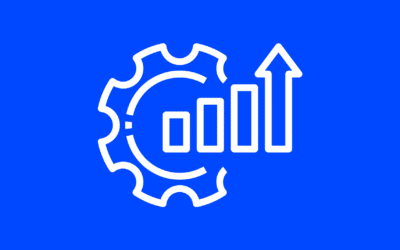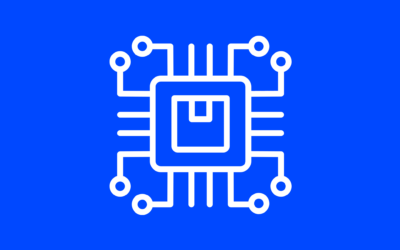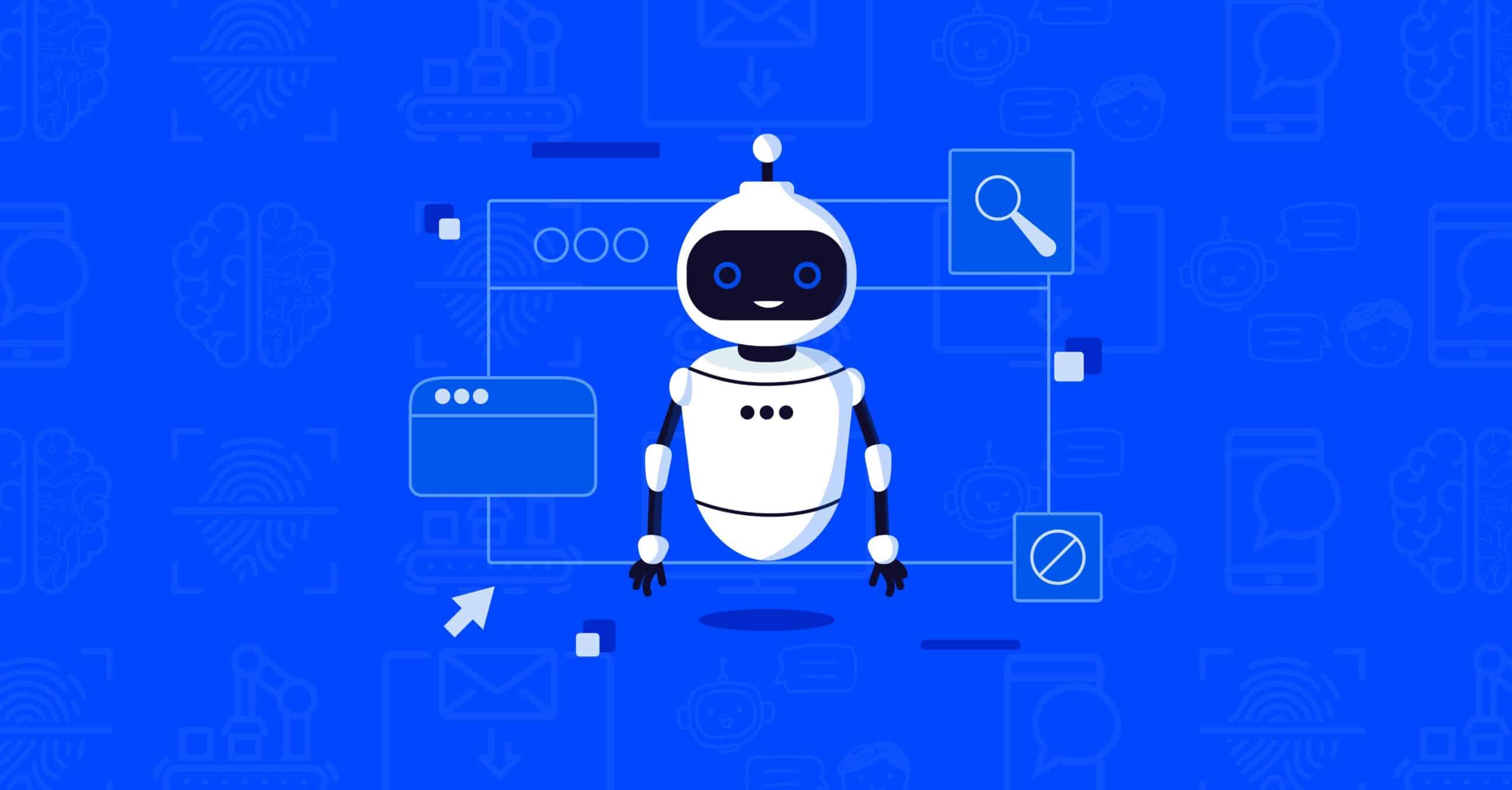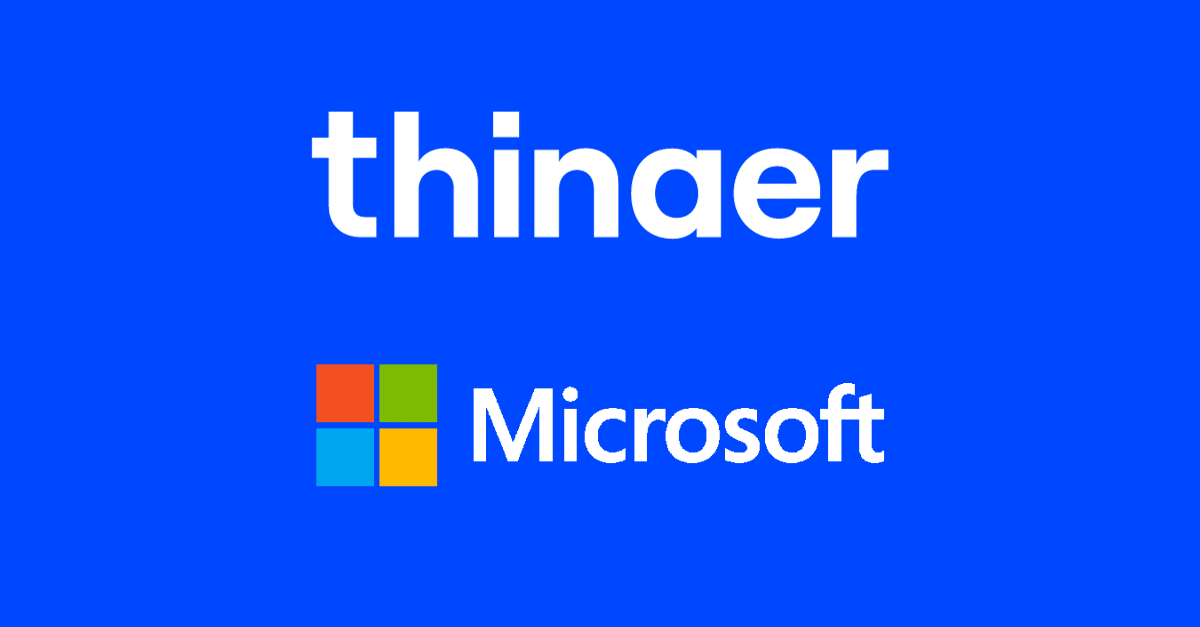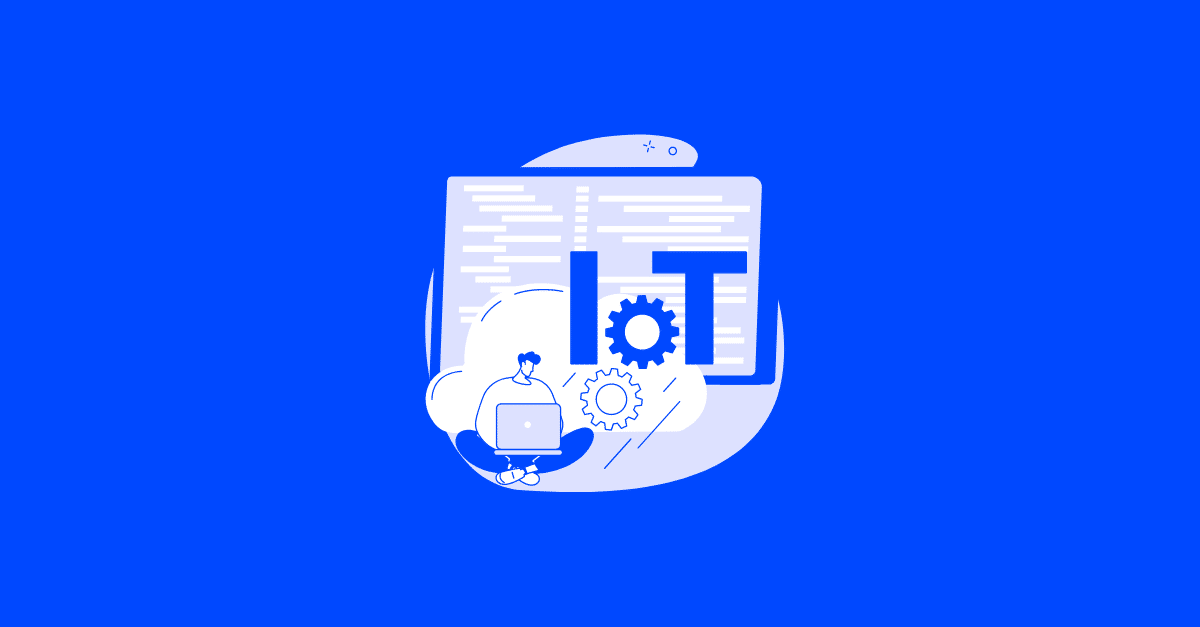Thinaer Blog
Smarter production decisions and AI initiatives
Supply Chain Health Requires Industry 4.0-Level Data
Back in 1735 Benjamin Franklin provided one of the most important reminders to leaders across any industry or discipline when he wrote that “an ounce of prevention is worth a pound of cure.” Turn the clock forward to 2024 and this becomes a strong reminder of why understanding the actual health of a supply chain on a real-time basis can be the basis for amazing profits or a lack of understanding leading to dismal failures.
The Emergence of Supply Chain Health
Supply chain health is actually something measurable, but unfortunately, it seems as if the supply chain is constantly playing catch-up against unprecedented, unforeseen obstacles. With the average global supply chain disruption costing organizations $228 million and forty percent of C-suite executives reporting a marked tarnishing of their brand image due to disrupted supply chains, the state of individual supply chains may not be what shareholders desire. Sixty-one percent agree that achieving greater resiliency in their supply chains is more important than speed and efficiency. Fifty-four percent believe significant changes must happen to curtail disruption in the next five years.
The good news is that if you can measure something, then you can make better decisions to improve the outcome. Addressing supply chain health issues will succeed or fail based on the availability of data from withing the plant as well as across the supply chain and that means uncovering digital data blind spots to ensure the right data is presented to the right people at the right time in order to optimize decisions impacting supply chain health.
Data and the handling of it is critical to survival. It’s no longer enough to have sensor technology on select equipment. How do you create a critical mass of data and harness it to make better decisions on a macro level? How can you track raw materials and finished goods as they move throughout the supply chain? You can easily drown in too much data if you aren’t careful. A small team of people couldn’t possibly take in all data generated by the supply chain and make a rational decision that takes every factor into account.
This is where Industry 4.0 smart manufacturing comes into play. Industry 4.0 taps into the data generated by internet of things (IoT) sensors, cloud computing, and artificial intelligence (AI) and making autonomous decisions. Guided by smart data collection and analysis, some manufacturing equipment has become self-sensing, self-acting, and interconnected in real time. Instead of relying on machine operators, engineers, and those on the shop floor to meet and discuss solutions and reengineering designs, intelligent systems consume every bit of information and arrive at rapid, accurate decision-making, greater efficiency, and resiliency in the face of disruption. Unfortunately, the average manufacturer suffers from significant digital data blind spots which greatly affects the outcomes and directly impacts their supply chain health scores.
Achieving Industry 4.0 Requires Filling Data Blind Spots
Prior to the pandemic, 75 percent of large manufacturers were looking to update supply chain operations using IIoT and analytics-based situational awareness, but now 90 percent of all manufacturing supply chains will have invested in the technology and business processes necessary for true resiliency.
A key breakthrough in Industry 4.0 smart manufacturing is the digital transformation of manufacturing data. Filling digital data blind spots with a fact-based granular, data-centric contextualized view of asset movement as well as digital twin of legacy equipment and manual processes provide the related providence attribute data has become the foundation for supply chain health improvements. Companies can gain access to unprecedented asset traceability and insight into both process health as well as machine health to improve yield, quality, safety, compliance, and brand confidence while reducing waste and environmental impact. And it’s all made possible by collecting data across the value chain from existing IoT sensors and business systems.
IIoT Asset Tracking and Digital Twins For Supply Chain Health
Organizations like Thinaer bring a comprehensive approach to filling these digital blind spots with IIoT asset tracking and digital twin solutions across both commercial as well as the unique security and privacy requirements of classified area manufacturing. The more comprehensive your data set, the better your AI initiatives will deliver on their promise as well as allowing operations executives to spot prevention opportunities before they become problematic.
Let’s discuss your data issues and understand where your manufacturing blind spots put your supply chain health at most risk. Our experts are ready to answer all of your questions and help you get a handle on your digital transformation processes and AI initiatives. If you prefer to research more on this topic then download our latest eBook titled “Track The Untrackable: How to fill manufacturing blind spots for better production decisions and the most complete data set for AI initiatives.”
Empowering Productivity: The Significance of User-Friendly Applications in the Workplace
In today's fast-paced and dynamic work environment, the importance of user-friendly applications cannot be overstated. As businesses continue to embrace digital transformation, the usability of software and applications plays a pivotal role in driving productivity and...
6 Signs Your Manufacturing Plant Has Grown Beyond Basic Spreadsheets
Board members and shareholder are forever demanding more productivity, profitability and growth of every manufacturer, airline, and defense contractor. So the need for more rapid and successful decisions on operations and production can literally be the difference in...
Thinaer at PBExpo: Revolutionizing Manufacturing in Aerospace and Aviation
If you’ve seen our social posts or received one of our emails, you know by now that we will be at the PBExpo later this week in Miami, Florida. We are so excited to be at the show March 7 & March 8 to discuss the ways we’re revolutionizing manufacturing -...
Ensuring AI and BI Initiative Success In Manufacturing
We now live in a world where data is the new currency and is a primary driver to technological advancements. This leads entire industries to constantly seek innovative ways to enhance their productivity and efficiency through Artificial Intelligence (AI) and Business...
AI in Manufacturing: Hype vs Reality
Looking back at 2023, what word stands out in both our professional and personal lives? According to The Collins Dictionary, the word of the year was 'Artificial Intelligence,' or 'AI.' In manufacturing, AI has become a common buzzword across organizations. At its...
IIoT Asset Tracking – How to Find The Sweet Spot of Precision and Cost for Your Investment
Imagine a world where every tool, machine, and piece of equipment in your manufacturing plant is effortlessly tracked, optimizing efficiency and ensuring safety. This is the promise of the Industrial Internet of Things (IIoT), bringing a variety of asset tracking...
The Role of IIoT In Upleveling Supply Chain Management
IIoT In Upleveling Supply Chain Management
How the Internet of Everything Everywhere (IoEE) Can Enhance Aerospace Manufacturing
By Michael Rivera, PhD The aerospace industry is constantly evolving, and the adoption of the Internet of Things (IoT) has provided new opportunities to manufacture next-generation aircraft. But the Internet of Everything Everywhere (IoEE) adds more to the mix. More...
Digital Twins: Challenges and Considerations for Businesses Before Implementation
By Michael Rivera, PhD The “digital twin fever” is here to stay – and many organizations are already reaping significant benefits from the technology. COVID-19 may have slowed down the adoption, but at the same time, it highlighted the massive potential of...
Thinaer Unveils Vision for a Classified Solution
Thinaer Unveils Vision for a Classified Solution Targeting Aerospace and U.S. Department of Defense Manufacturers. Anticipating the next wave of innovation: Making the “Internet of Everything” affordable, secure, and integrated with Microsoft's Classified Cloud....
Collaborative Development: 10 Ways AI is Driving IoT Growth
By Michael Rivera, PhD 10 Ways Artificial Intelligence (AI) is Driving IoT Growth Artificial Intelligence (AI) and the Internet of Things (IoT) are intertwined. IoT devices are attached to physical objects to generate vast amounts of data. Conversely, AI uses the data...
The Game-Changing Role of Generative AI in IoT Development
By Michael Rivera, PhD Generative AI is all the rage nowadays, especially with the introduction and viral growth of ChatGPT. Although applying generative AI in IoT isn't the hottest topic, there are still untapped potentials to explore. Artificial Intelligence of...
A Human-Centric Approach to IoT Technology
By Michael Rivera, PhD Consumers desire to be treated as individuals rather than anonymous customers or mere numbers in a complex data pool. So, as businesses increasingly adopt the Internet of Things (IoT), there’s a need to consider a people-first approach to make...
Current State of IoT Infrastructures: How Thinaer is Leading a Paradigm Shift
In the fast-paced world of technology, the Internet of Things (IoT) has emerged as a powerful force driving innovation across industrial organizations. However, the pathway to fully harnessing the potential of IoT is not without its challenges, particularly when...
Find Your Blind Spots
Free 30-Minute Blind Spot Workshop

